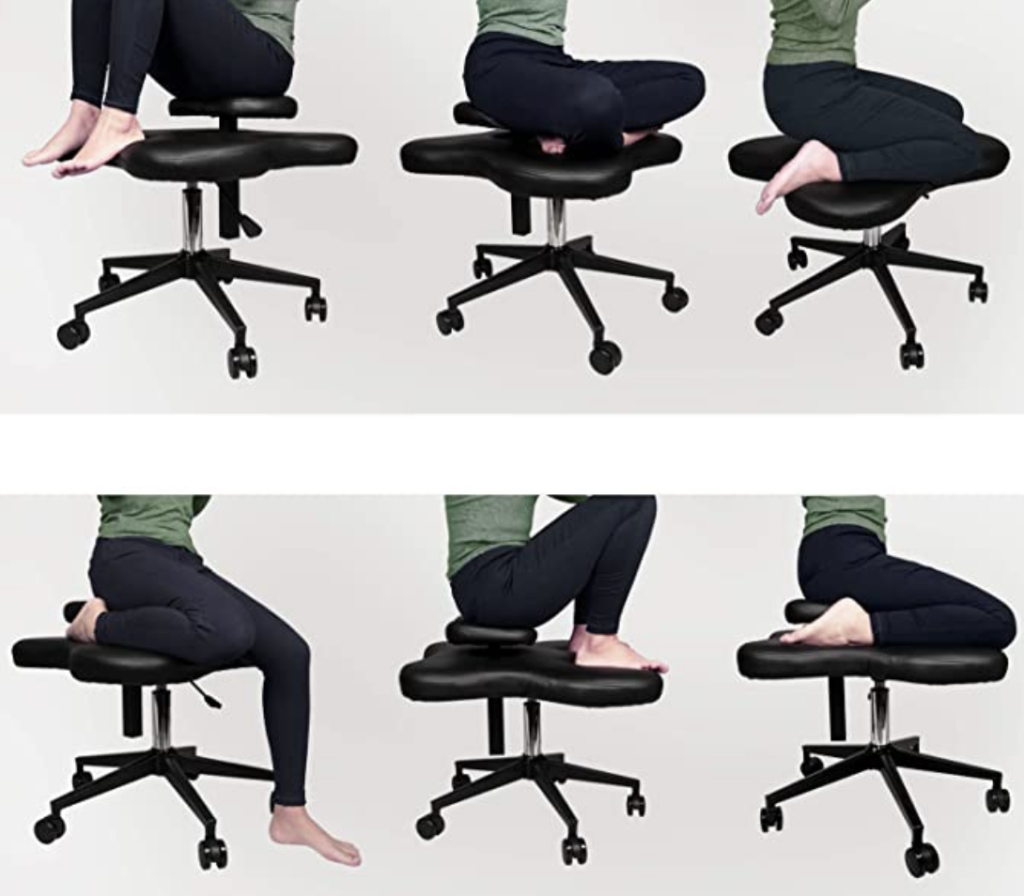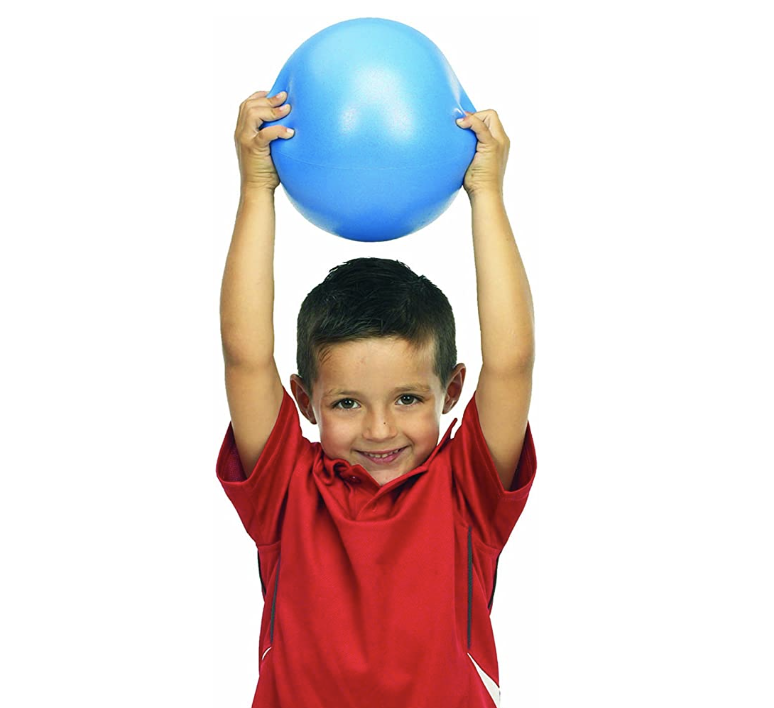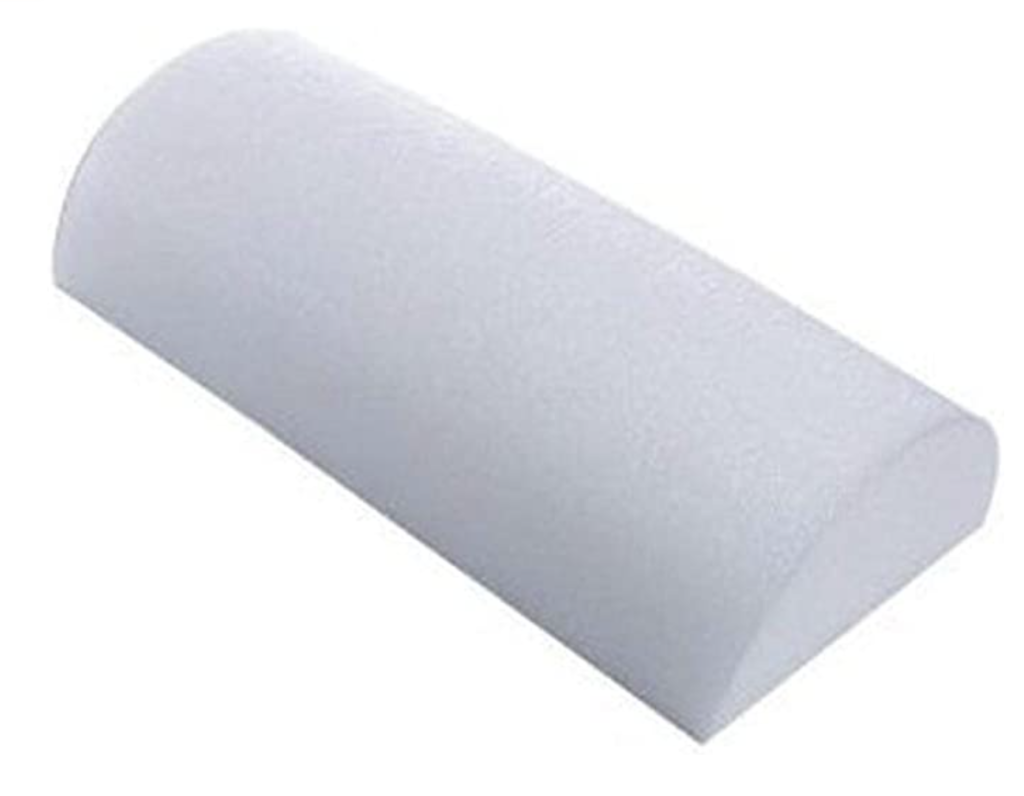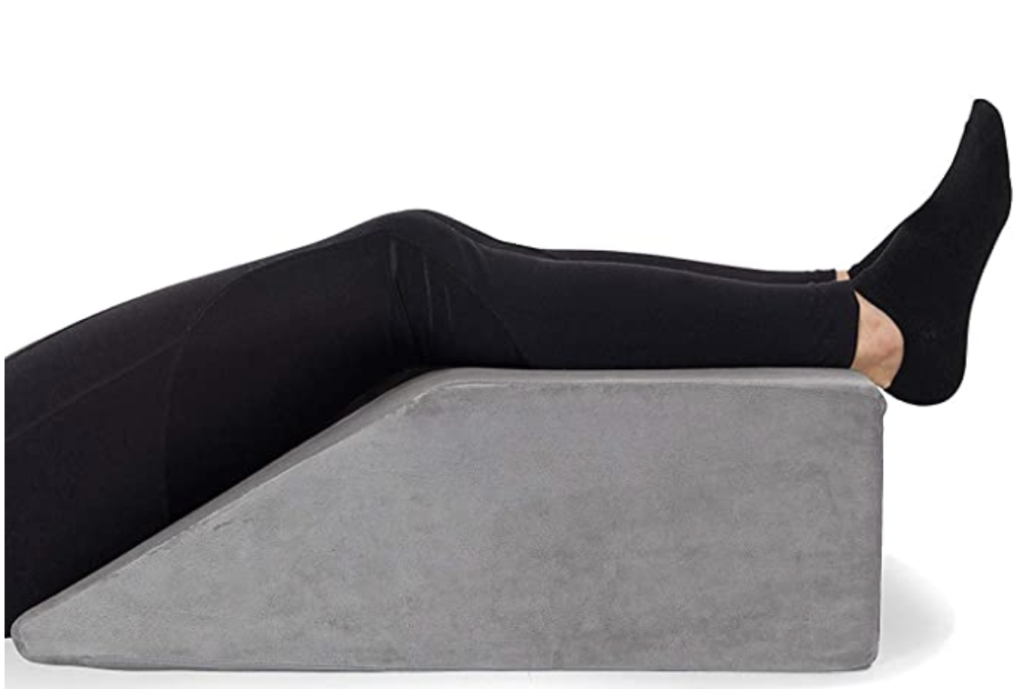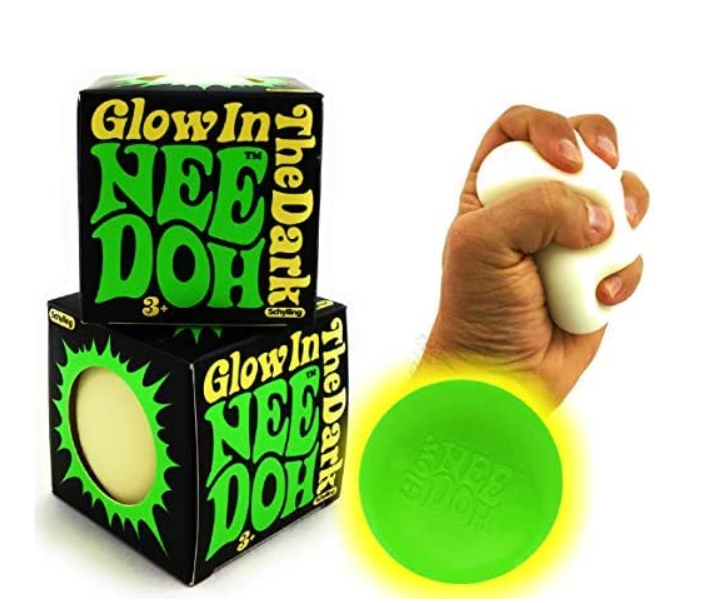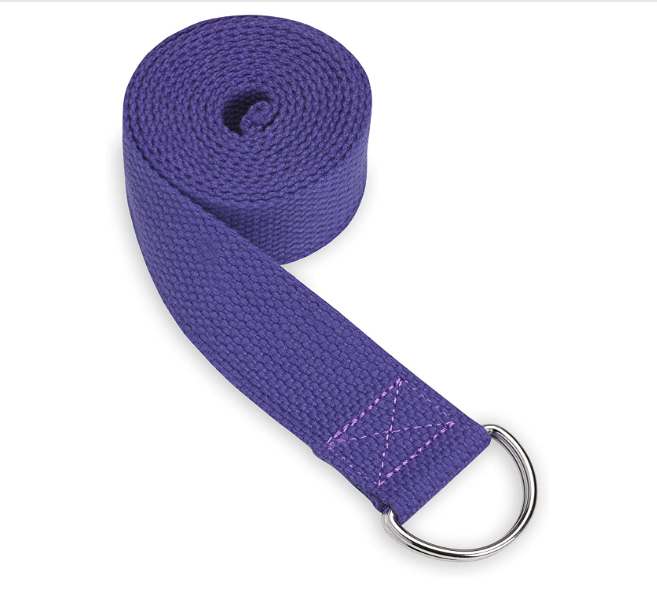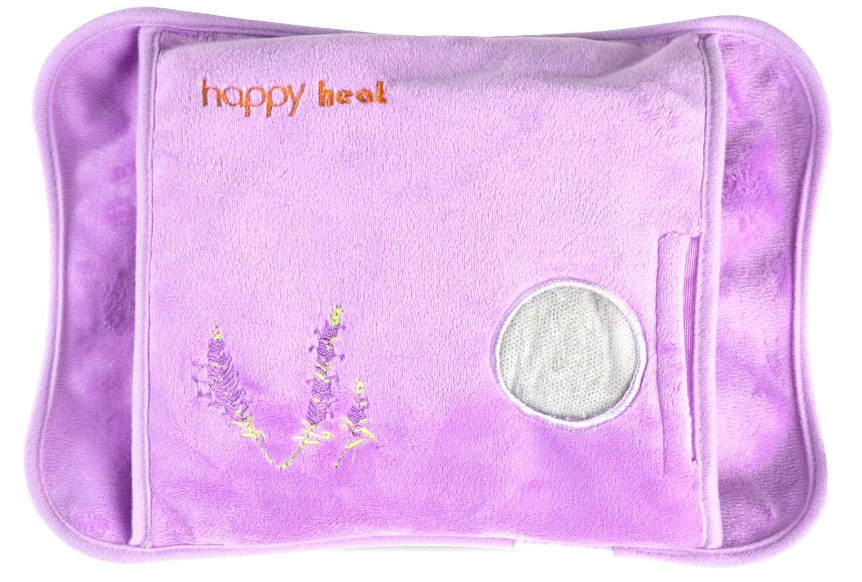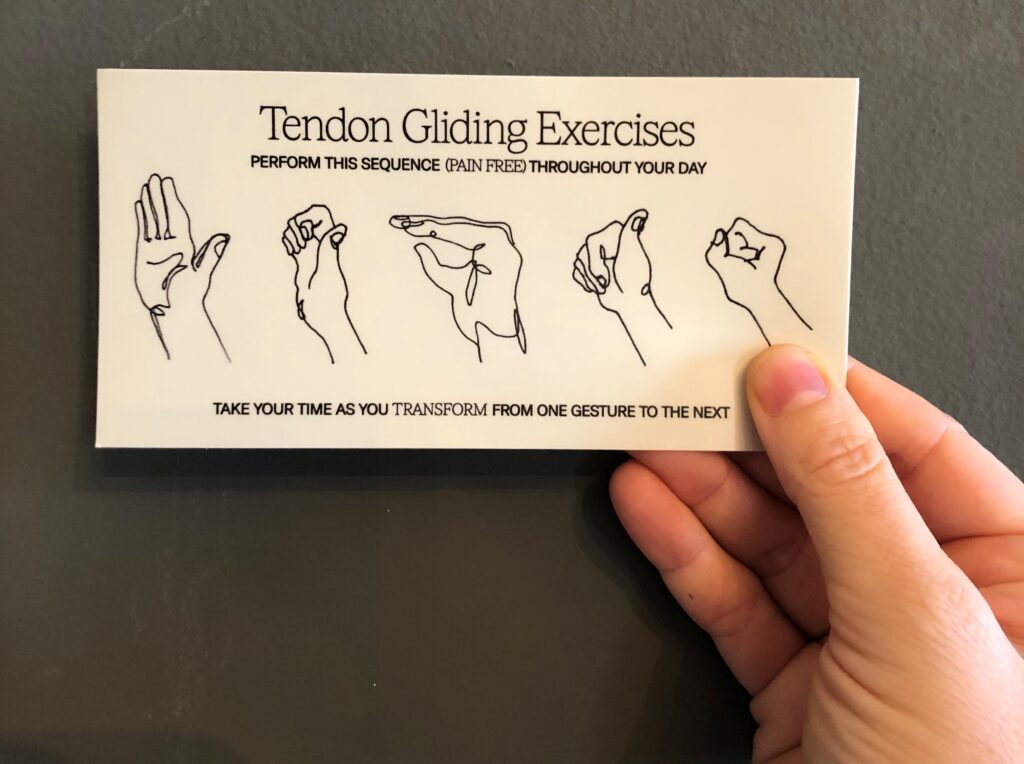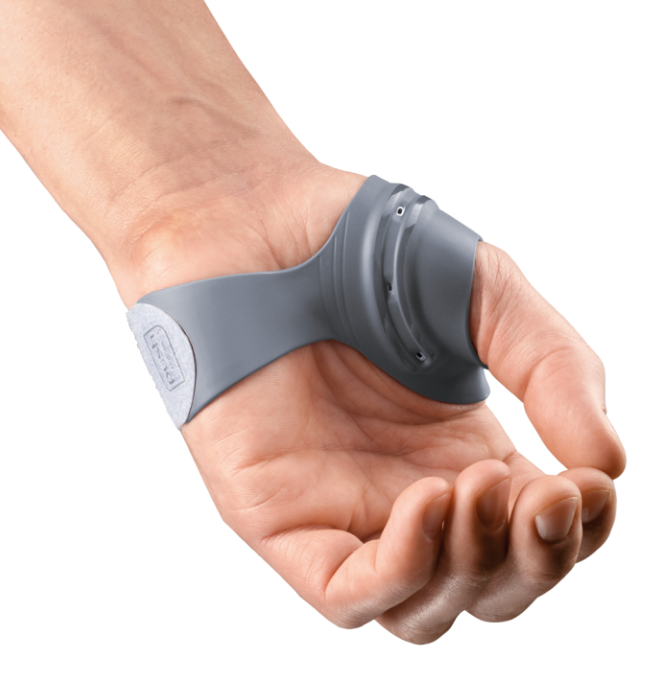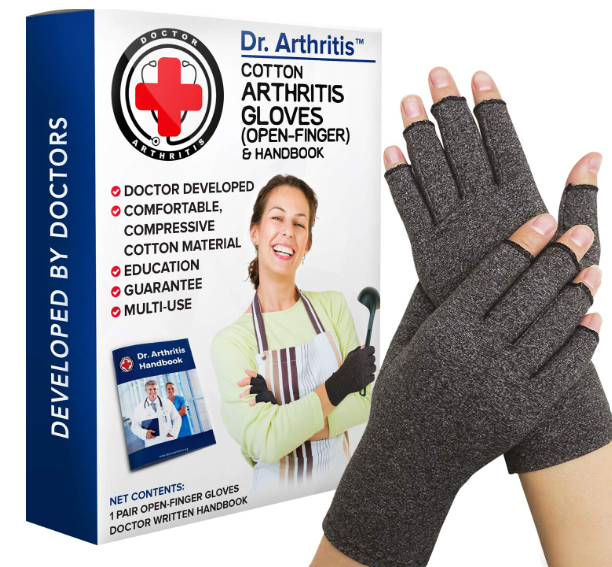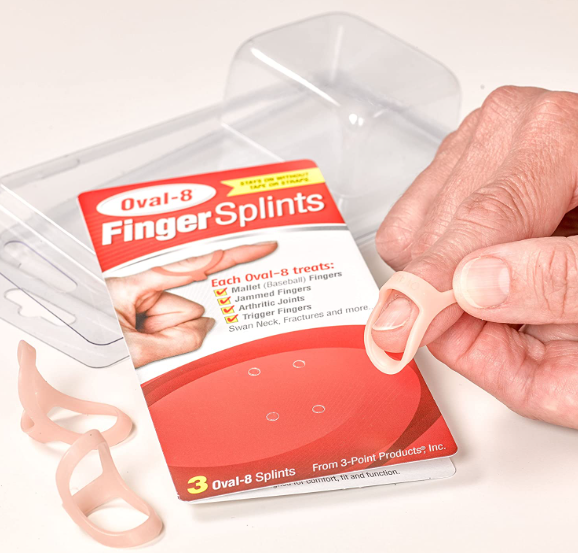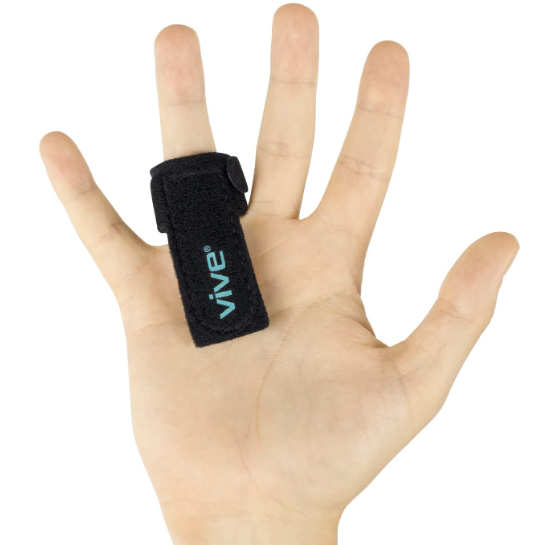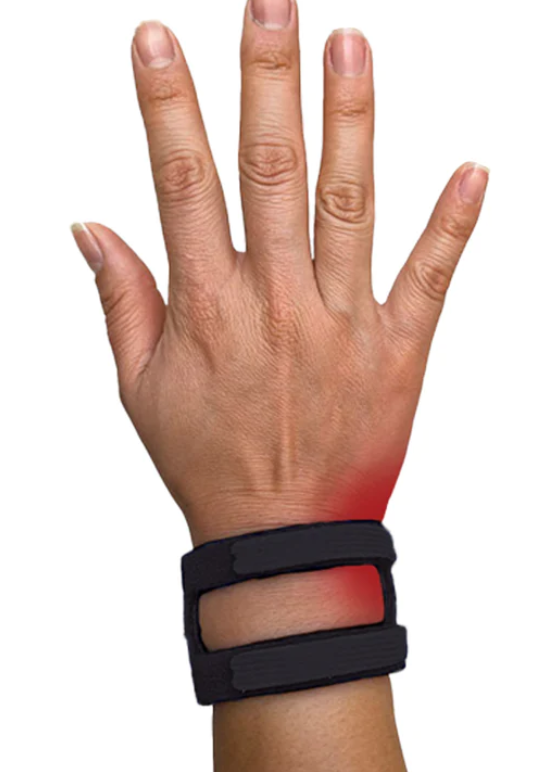Soul Seat
I purchased the Soul Seat during my final semester of graduate school in 2020, right when the pandemic hit. This was when we transitioned from the classroom to Zoom classes, and my back started to hurt from sitting for too long in uncomfortable, traditional chairs. The Soul Seat is a game changer. It allows you to sit in all kinds of different positions, thereby helping the body stay fluid; not stuck in the same position for hours. This was an expensive purchase, but worth it. I’m sitting on the Soul Seat right now (squatting)! In a few minutes, I’ll switch positions. Remember, it’s not that sitting is evil or that “sitting is the new smoking” as they say, but rather sitting in the same position for hours, will contribute to lower back pain. However, switching positions, sitting in different ways, and adding a variety of moments will be beneficial for your body.

